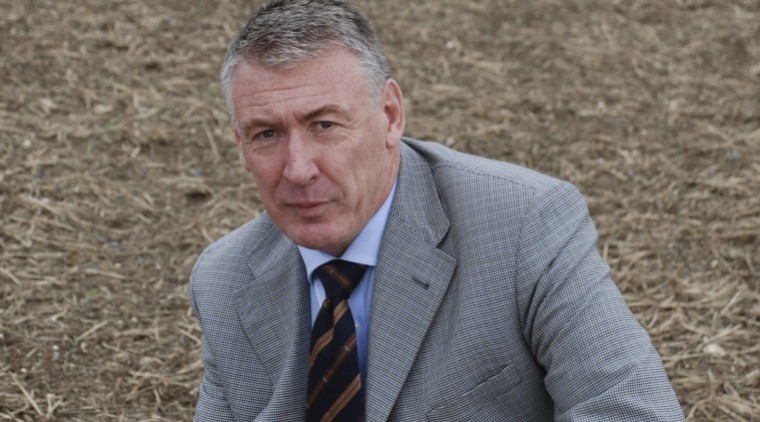As the acreage of spring barley has increased dramatically on the back of black grass control, Mr Watsons advises growers to remember what their key drivers are for growing the crop.
“If your key driver is black grass control and you are farming heavy land, be realistic about what is achievable in meeting the market’s specifications for quality. Do not get tied into contracts that you will have little chance of delivering and have a negative impact on your black grass control.”
However, having established your goals with the crop, the basic principles of agronomy remain the same and it’s very important to get these correct from the beginning to get the best possible crop established, he says.
“Remember cultivations create weeds; minimising soil movement during the sowing process will minimise the weed seed germination. To minimise seedbed movement at sowing, the previous autumn’s cultivations should have been planned and carried out to facilitate a good, level spring tilth.”
“Excessive soil movement also dries out the seedbed, not only compromising crop emergence, but also affecting weed seed germination patterns and adversely affecting the impact of residual herbicides on weed control. Slow and uneven crop emergence dilutes the competitive nature of the crop itself, in terms of weed suppression.”
He adds that the inclusion of an appropriate cover crop, should leave the soil well-structured and drying throughout the profile, to allow the earliest possible access in the spring.
Mr Watson reminds growers that if stale seedbeds are planned, then these must be given at least 30 days pre-sowing to be effective. “There would be little point in using stale seedbeds for early sown crops -yet equally it is not these situations where black grass is likely to be an issue – the prime reason for stale seedbeds.”
“If insufficient time is allowed between secondary cultivations and drilling, then the weed seeds become ‘primed’ and able to outcompete the sown crop once sufficient moisture becomes available. Our own trials’ data would suggest if enough time is not available, then delaying any cultivations to just prior to sowing would be the next best, alternative strategy. “
Early sowing into cold, damp soils should be resisted, particularly where black grass is a major driver, he notes.
“Crop growth must be rapid, to swiftly smother grassweeds in the early growth stages of development. Rapid crop development will not necessarily reduce black grass emergence, but will instead reduce seed return through increased competition impacting on the number of tillers per plant and seed per head.”
“Barley is most able to do this, whereas wheat and oats grow more upright, allowing light into the base of the crop for longer.”
When planning seed rates, Mr Watson suggests that with two row barley, it is imperative to understand the importance of planting density from a crop physiology point of view.
“There is a strong relationship between grains/m2 and yield. It should be recognised that two row barley crops have a limited ability to compensate for low plant stands, with increased grain numbers/ear, due to producing only a single grain per spikelet. Therefore, any increase in yield must almost exclusively come from high ear counts/ planting densities.”
Hutchinsons have carried out extensive work at their Brampton site on the interaction of seed rate/planting density on black grass control. The higher seed rates produce a more competitive crop, thereby reducing tillers per plant and ear size of any surviving black grass plants and hence seed return.
Herbicide choice is determined by the expected dominant weed species, quality of seedbed and moisture availability at the time, says Mr Watson.
“Residual herbicides are particularly worthwhile for earlier sown crops, or where resistant weeds to ALS chemistry are of concern, or in black grass situations. Pendimethalin is a mainstay of spring weed control, but used either straight or as mixtures, certain flufenacet products are also available for spring application – in both situations labels must be checked for approval on the crop to be treated. “
“For later crops sown in both dry and warm soils, the use of full rate pre-emergence herbicide needs to be questioned.”




